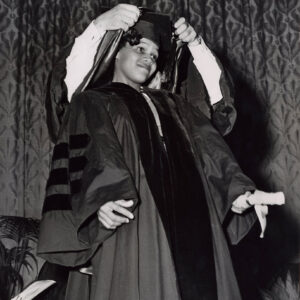 Edith Irby Jones
Edith Irby Jones
Entry Category: World War II to Faubus Era
 Edith Irby Jones
Edith Irby Jones
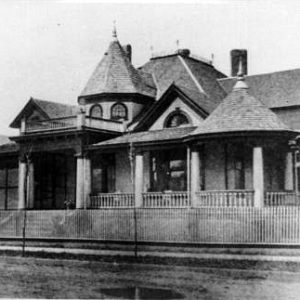 Lena Jordan Hospital
Lena Jordan Hospital
Jordan, Lena Lowe
Kochiyama, Yuri
Lamb, Theodore Lafayette
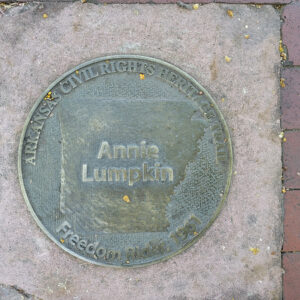 Lumpkin Marker
Lumpkin Marker
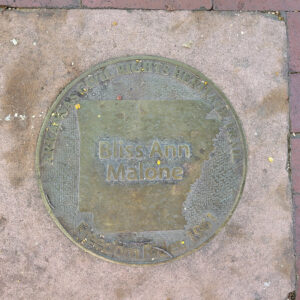 Malone Marker
Malone Marker
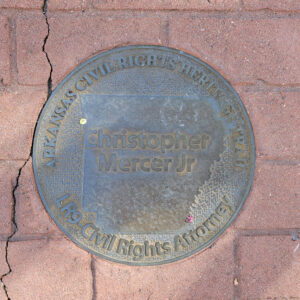 Mercer Marker
Mercer Marker
Minton, Clifford E.
Mitchell v. United States
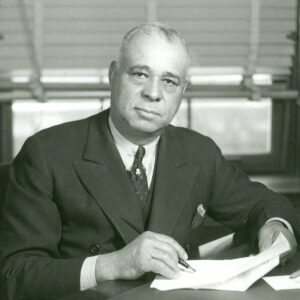 Arthur W. Mitchell
Arthur W. Mitchell
Mitchell, Juanita Jackson
Mitchell, William Starr (Will)
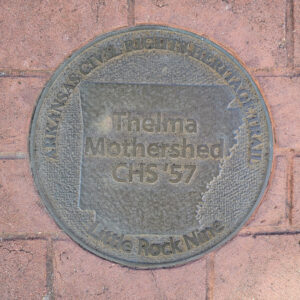 Mothershed Marker
Mothershed Marker
Original Tuskegee Airmen
aka: Tuskegee Airmen, Original
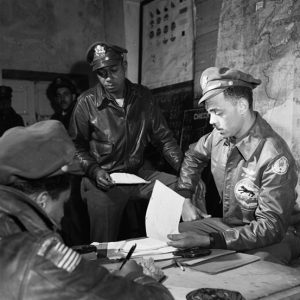 Original Tuskegee Airmen
Original Tuskegee Airmen
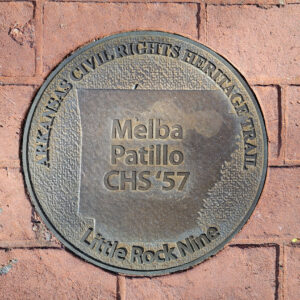 Patillo Marker
Patillo Marker
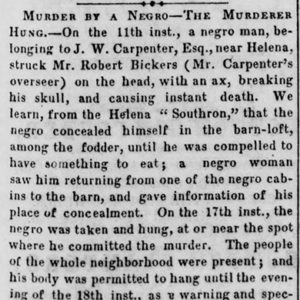 Phillips County Lynching Article
Phillips County Lynching Article
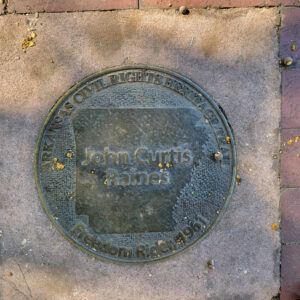 Raines Marker
Raines Marker
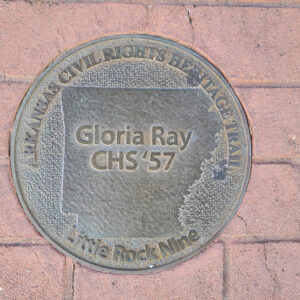 Ray Marker
Ray Marker
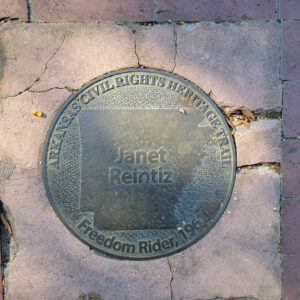 Reinitz Marker
Reinitz Marker
Reverse Freedom Rides
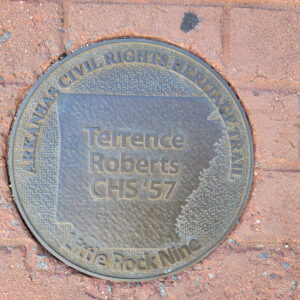 Roberts Marker
Roberts Marker
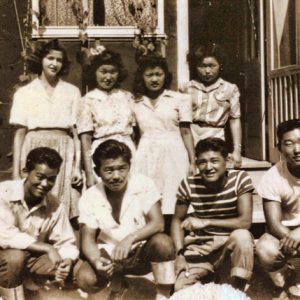 Rohwer Relocation Center
Rohwer Relocation Center
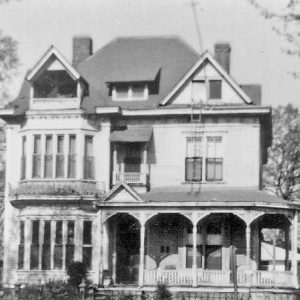 Royal Circle of Friends Hospital
Royal Circle of Friends Hospital
Shelton v. Tucker
Sit-ins
Smith, Alfred Edgar
State of Arkansas v. Tee Davis
Student Nonviolent Coordinating Committee (SNCC)
Students United for Rights and Equality (SURE)
Sutton, Ozell
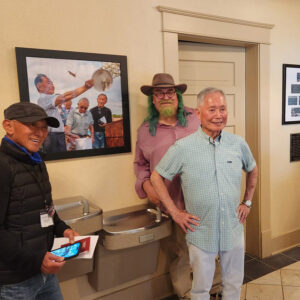 George Takei at Internment Museum
George Takei at Internment Museum
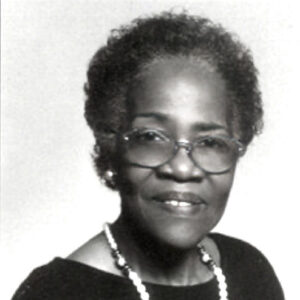 Theressa Hoover
Theressa Hoover
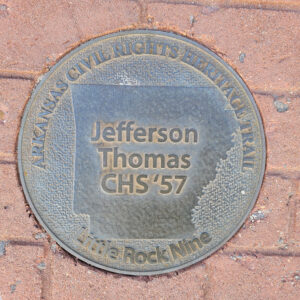 Thomas Marker
Thomas Marker
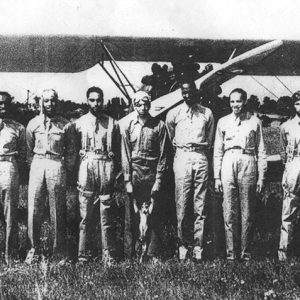 Tuskegee Airmen
Tuskegee Airmen
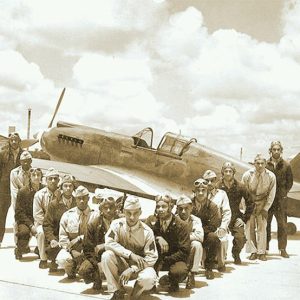 Tuskegee Airmen Class 42-F
Tuskegee Airmen Class 42-F
Urban League
Wainwright, Larry (Murder of)
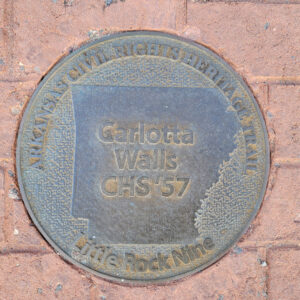 Walls Marker
Walls Marker
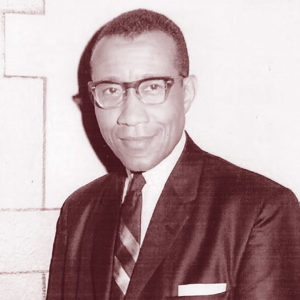 Samuel Williams
Samuel Williams




